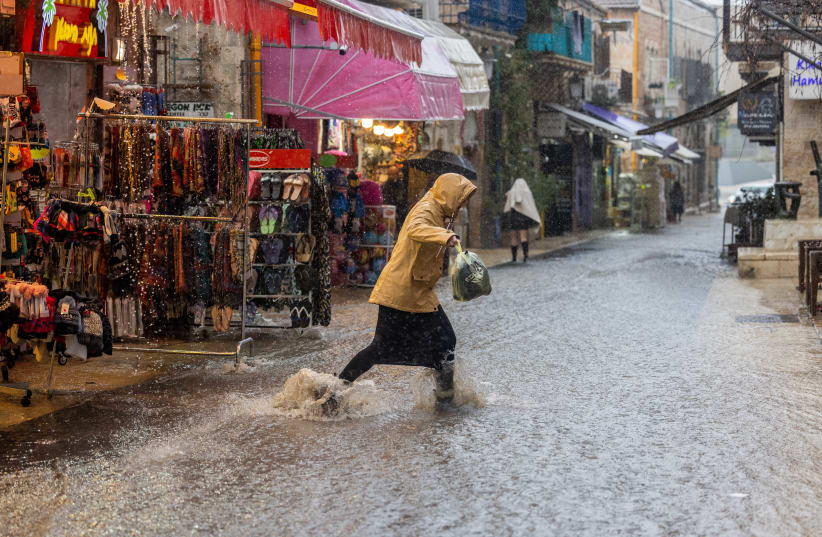Heavy precipitation days experienced once in a century by Americans could now be experienced up to three times more often, as future weather events will become more extreme in a warming world, according to projections released last week by scientists in California.
Scientists at Scripps Institution of Oceanography at the University of California San Diego and the Department of Energy’s Lawrence Berkeley National Laboratory reported that by the end of the century, highly intense days of rain or snow could occur up to every 30 or 40 years in the Pacific Northwest and southeastern United States.
This prediction is based on the data set they created – Localized Constructed Analogs Version 2 (LOCA2) – which also found that the heaviest rains and snowfalls in the US will likely release as much as 30% more moisture than they do now, especially in the winter. The results could be increased flooding in the upper Midwest and the West Coast regions.
'Warmer and wetter'
“The big picture is clear: it’s getting warmer and wetter,” according to the project’s principal investigator Dan Feldman of Berkeley Lab.
Their report, which serves as a critical source of information for the National Climate Assessment (NCA), was published in the Journal of Hydrometeorology. The conclusions are based on an analysis of a 30-terabyte data set that models temperature and precipitation for regions of about six square kilometers (3.9 square miles) – roughly the size of urban ZIP codes.
In contrast, most existing models look at regions as vast as 50 to 250 sq.km. (30 to 400 sq.m.).
In addition, the LOCA2 model considers three different greenhouse gas emission scenarios known as Shared Socioeconomic Pathways (SSPs). The scenarios include a medium level of emissions slightly less than current, medium-high and high levels.
It also offers projections on a daily level through the end of the century.
Planning for climate change implications
The LOCA2 is an update on the Fourth NCA, released in 2018 by the US Global Change Research Program; the Fifth assessment is expected to be released later this year. The purpose of the NCA is to assist the US government in planning for the implications of climate change.
“With this data set, we’re able to look at the impacts of actual weather pattern changes across the United States at an extremely granular level,” Feldman said. “This research translates that bigger picture into more practical data for infrastructure and operations planning. With this more detailed look at local impacts, we can help local officials make better-informed decisions, such as how long to make an airport runway, how much resilience to include for constructing buildings or bridges, or where to put crops or culverts.”
LOCA2 projects cover the lower 48 states, southern Canada and northern Mexico. It draws on more than 70 years of weather data and incorporates more than two dozen climate models.
“We’ve spent a lot of effort improving the representation of extreme wet days, which is important for understanding both the likelihood of flooding and the availability of water for agricultural, commercial, and residential use,” said David Pierce, a scientist at Scripps Oceanography and the developer of LOCA and LOCA2.
“We undertook a Herculean effort of personnel and computer time not just to produce a bunch of numbers, but to produce local projections that are relevant and useful,” Feldman said.
Specifically, the researchers found that most parts of North America will experience the same or fewer days of precipitation in general and days having light or medium amounts of it during most seasons.
The significant increase will be in the days with the most extreme precipitation. For most of the United States and southern Canada, these will occur in the winter – except in Arizona, New Mexico and northern Mexico, where they are expected to happen in the fall.
“Land use managers and planners should expect more extremes,” Feldman concluded, “but location matters.”
